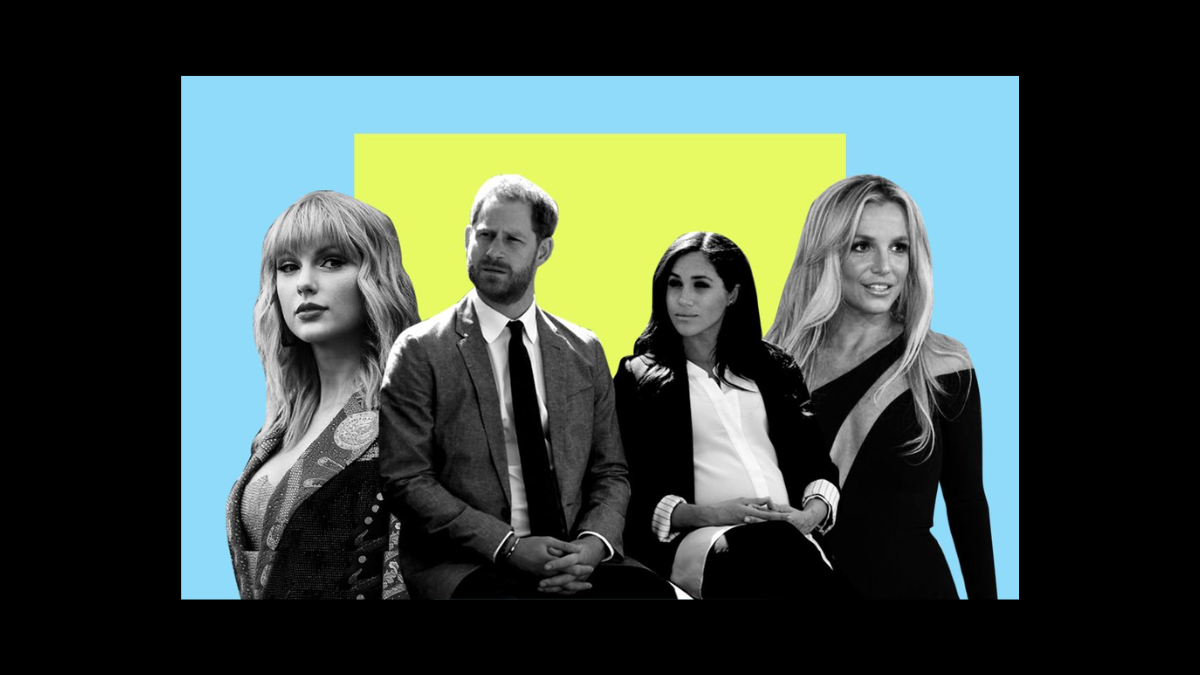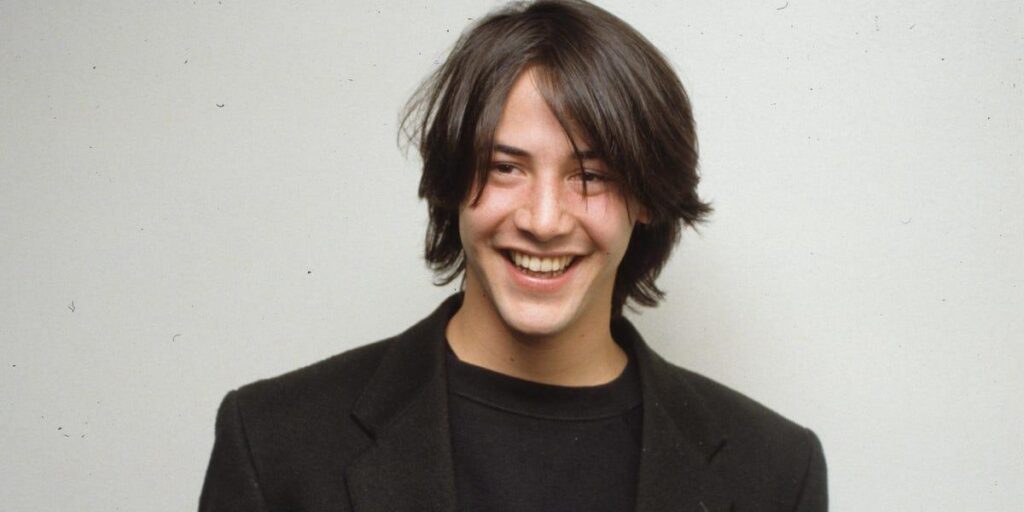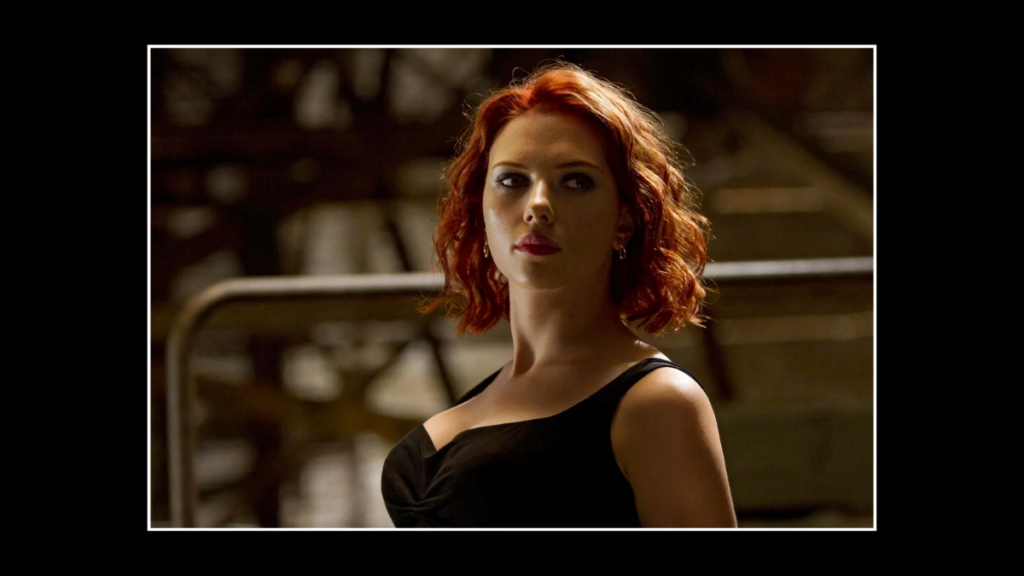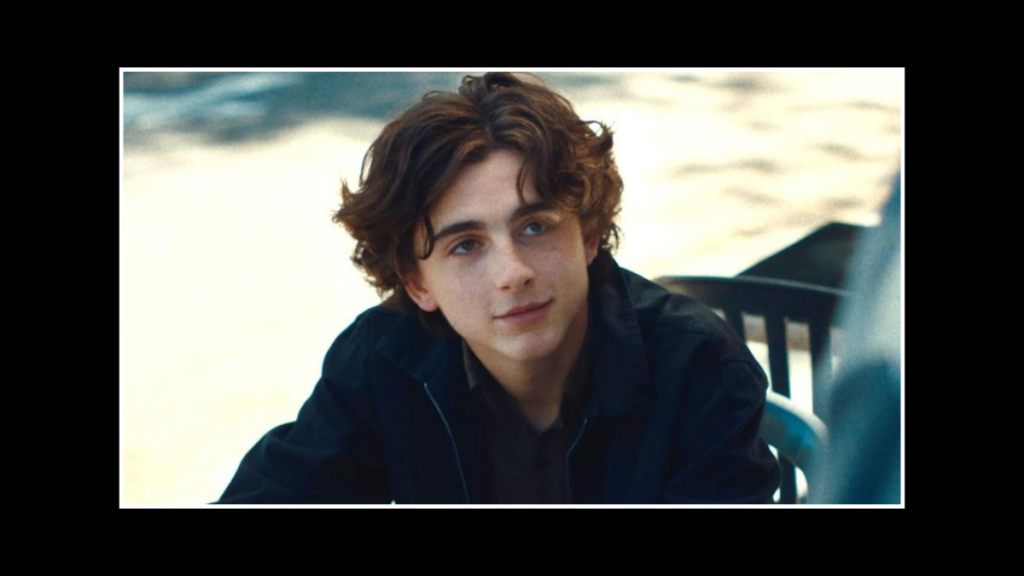Parasocial Relationships With Celebrities and Fictional Characters

In our interconnected world, media and entertainment play a significant role in shaping our lives and experiences. One fascinating psychological phenomenon that has emerged from this media landscape is the concept of parasocial relationships. These are one-sided relationships where individuals develop deep emotional connections with celebrities, fictional characters, or media personalities, despite having no direct interaction with them. Understanding how these relationships form and their impact on emotions and behaviours offers insight into human psychology and media consumption.
What Are Parasocial Relationships?
Parasocial relationships are characterized by an emotional investment in someone who does not reciprocate the relationship. This term was first coined by psychologists Donald Horton and Richard Wohl in the 1950s to describe the one-sided bonds that viewers form with media personalities. In modern times, these relationships have expanded beyond television personalities to include celebrities, social media influencers, and fictional characters in various media.

The Formation of Parasocial Relationships
Media Exposure and Repeated Interaction: Parasocial relationships often begin with frequent exposure to media content featuring a particular personality or character. Regular appearances, whether through television shows, social media posts, or movies, create a sense of familiarity and ongoing interaction. This constant exposure can lead individuals to perceive a personal connection with the media figure.
Relatability and Identification: People are more likely to develop parasocial relationships with figures they find relatable or inspiring. When celebrities or characters display traits or experiences that resonate with an individual’s own life, it enhances the feeling of a personal connection. For example, a character overcoming challenges similar to those faced by a viewer can create a sense of shared experience.
Emotional Investment and Reciprocity: Although parasocial relationships are one-sided, they often involve significant emotional investment. Fans may follow every update, celebrate personal milestones of the celebrity, or feel a sense of loss when the character’s story ends. The perception of reciprocity is maintained through the media figure’s public persona and interactions with their audience, such as responding to fan messages or sharing personal stories.

Impact on Emotions
Emotional Support and Comfort: Parasocial relationships can provide emotional support and comfort, similar to traditional relationships. For instance, fans might turn to their favourite celebrity’s content for solace during difficult times, finding comfort in the familiar voice or presence of the media figure.
Sense of Belonging and Identity: Engaging with a beloved celebrity or fictional character can foster a sense of belonging and identity. Fans often feel a personal connection to their favourite figures, integrating them into their self-concept and finding a sense of community with others who share similar interests.
Escapism and Fantasy: Parasocial relationships offer an escape from reality. Fictional characters and celebrities can represent idealized versions of life or personality traits, providing a fantasy realm where fans can temporarily live out their desires or ambitions. This can be particularly appealing for individuals seeking a break from their daily struggles or routine.

Impact on Behaviours
Consumption Patterns: The strength of a parasocial relationship can significantly influence consumption behaviours. Fans may purchase products endorsed by a celebrity, follow their social media accounts, or participate in fan clubs and events. These behaviours are driven by the emotional connection and desire to support or be associated with the media figure.
Behavioural Imitation: Individuals with strong parasocial relationships may imitate the behaviours, style, or values of their favourite celebrities. This can manifest in adopting similar fashion styles, language, or attitudes. Such imitation reflects the influence of the media figure on the individual’s self-presentation and behaviour.
Personal Well-Being: The impact of parasocial relationships on personal well-being can be both positive and negative. On the positive side, they can offer emotional support and contribute to a sense of happiness. On the negative side, if the relationship becomes overly consuming or if the media figure experiences a scandal or controversy, it can lead to feelings of disappointment or emotional distress.
Also Read: The Halo Effect in Pop Culture: How One Good Impression Can Shape Our Views
The Double-Edged Sword of Parasocial Relationships
While parasocial relationships can offer comfort and companionship, they also have potential drawbacks. Relying heavily on these one-sided connections can sometimes lead to unrealistic expectations or a lack of fulfillment in real-life relationships. Moreover, excessive involvement in parasocial relationships can detract from developing meaningful, reciprocal relationships with others.
Parasocial relationships represent a unique intersection between media, psychology, and human emotion. By understanding how these one-sided connections form and their impact on emotions and behaviours, we gain insight into the powerful ways media figures influence our lives. Whether providing comfort, fostering a sense of belonging, or shaping behaviour, parasocial relationships highlight the deep psychological needs that media and entertainment fulfill. As media continues to evolve, the study of parasocial relationships will remain a crucial area of exploration in understanding human interaction with the media.
–Silviya.Y








